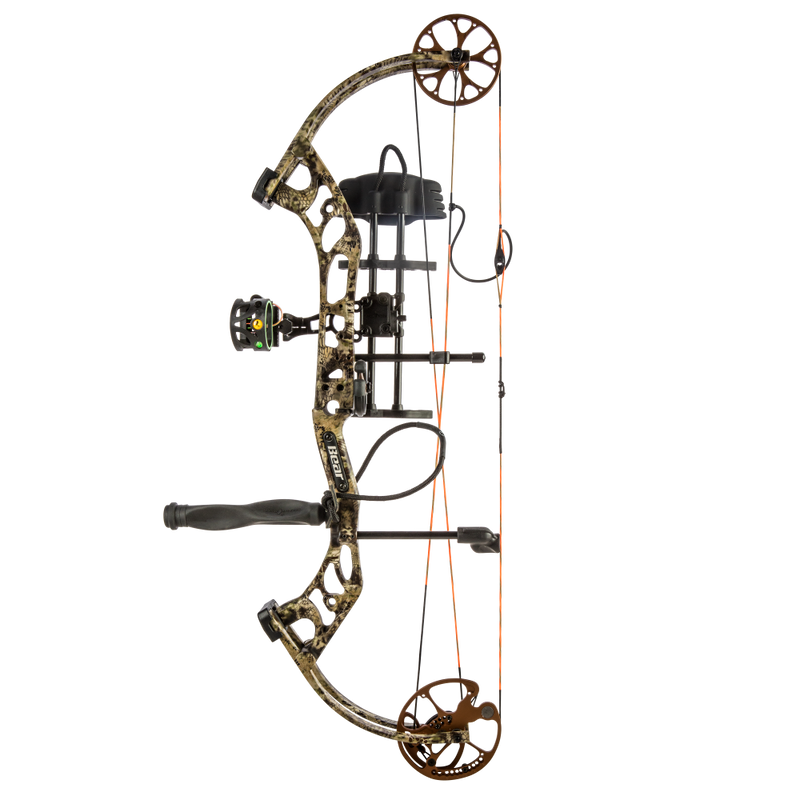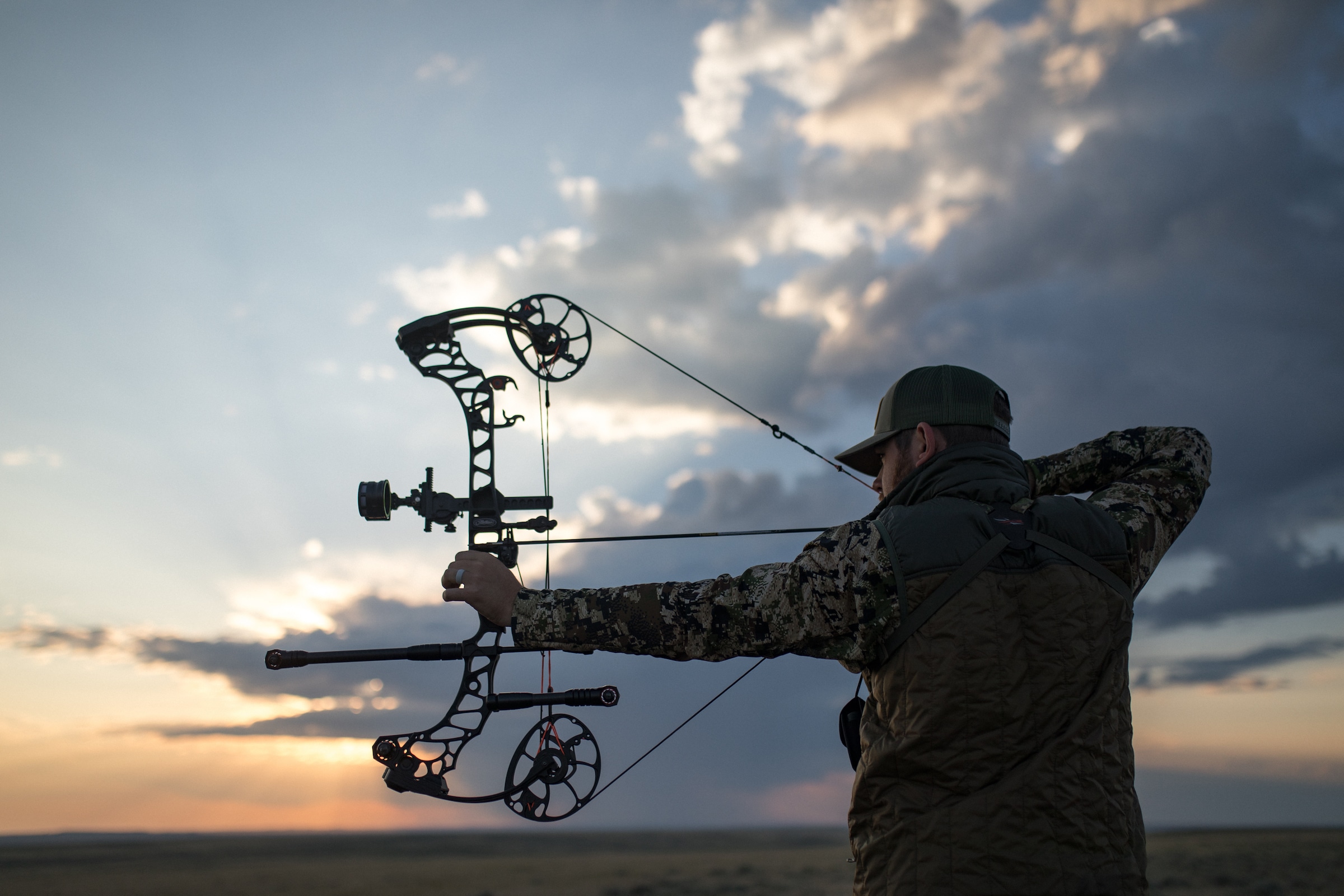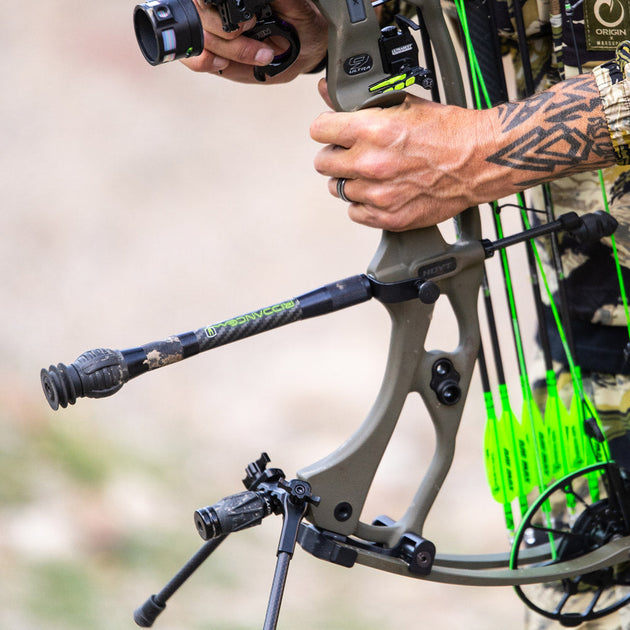Archery Stabilizer Essentials: Improving Your Shooting Experience
Archery Stabilizer Essentials: Improving Your Shooting Experience
Blog Article
Master the Art of Archery: Recognizing the Value of a Stabilizer in Your Setup
Whether one is a skilled archer or just beginning their journey, the value of a stabilizer in their configuration can not be overemphasized. By comprehending the benefits of utilizing a stabilizer, taking into consideration the appropriate elements when selecting one, and effectively setting up and readjusting it, archers can boost their skills to brand-new elevations.
The Duty of a Stabilizer in Archery
A stabilizer plays an essential duty in archery by enhancing equilibrium and lowering vibrations during the shot. When an archer attracts the bowstring and releases it, there is a transfer of energy that can create the acquiesce vibrate. These vibrations can adversely affect the precision of the shot. A stabilizer assists to combat these resonances by dissipating the energy and absorbing.
One of the major benefits of a stabilizer is its capacity to improve equilibrium. The weight of the stabilizer aids to disperse the weight uniformly, minimizing the strain on the archer's arm and enhancing security.
Along with equilibrium, a stabilizer likewise assists to decrease torque. When an archer releases the bowstring, there is a natural propensity for the acquiesce turn in the hand. This rotation, called torque, can trigger the arrow to divert off-course. The weight and layout of a stabilizer counteract this turning, guaranteeing a more consistent and precise shot.
Advantages of Using a Stabilizer
The use of a stabilizer in archery provides countless advantages that enhance an archer's efficiency and general shooting experience. By taking in and dampening these vibrations, the stabilizer boosts the stability of the bow, enabling for more constant and exact shots.
Secondly, a stabilizer helps to stabilize the bow by including weight to the front end. This weight distribution counteracts the all-natural tendency of the acquiesce tip onward upon launch, reducing the quantity of motion and enhancing the archer's ability to preserve goal on target.

Lastly, a stabilizer can also function as a shock absorber, lowering the shock and recoil experienced upon release. This not only boosts the comfort of capturing but also minimizes the threat of injury or pressure on the archer's body.
Exactly How a Stabilizer Boosts Accuracy
Enhancing the precision of an archer's shots, a stabilizer plays an essential role in improving overall performance. archery stabilizer. By adding security to the bow, a stabilizer assists reduce the undesirable motion and resonance that can happen throughout a shot. This decrease in activity enables the archer to maintain a stable objective, causing even more consistent and exact shots

In addition, a stabilizer helps to dampen resonances that occur upon release. These vibrations can trigger the acquiesce tremble, affecting the arrow's trajectory and precision. By absorbing and dissipating these resonances, a stabilizer aids to keep the bow's stability and make sure a smooth and accurate shot.
Additionally, a stabilizer can also aid in balancing the weight circulation of the bow (archery stabilizer). By including weight to the front of the bow, a stabilizer helps to stabilize the weight of accessories, such as views or quivers, which might be affixed to the bow. This well balanced weight distribution assists the archer keep a consistent and controlled capturing setting, leading to improved accuracy
Aspects to Consider When Selecting a Stabilizer
When choosing a stabilizer for your bow, it is crucial to consider several variables that will add to its total performance and suitability for your individual capturing design. The initial variable to consider is the size of the stabilizer.
Another element to think about is the weight of the stabilizer. The weight of the stabilizer can affect the equilibrium of your bow. A larger stabilizer can aid to reduce resonances and boost stability, resulting in a steadier shot. Nonetheless, a link lighter stabilizer might be chosen by shooters that focus on maneuverability and rate.
Furthermore, it is essential to consider the layout and building and construction of the stabilizer. Some stabilizers have adjustable features, such as adjustable size or adjustable weights, which permit you to tailor the stabilizer to your particular demands. The materials used in the construction of the stabilizer can additionally affect its efficiency. Carbon fiber stabilizers are lightweight and durable, while aluminum stabilizers use an equilibrium between weight and rigidness.
Various stabilizers might work better for certain shooting styles, such as target capturing or searching. It is a good idea to consult with knowledgeable archers or experts to establish which stabilizer will certainly finest suit your private needs.
Tips for Correctly Readjusting a stabilizer and installing
Longer stabilizers give even more security but can be less manoeuvrable, while shorter stabilizers offer boosted ability to move but may give up security. When you have picked the appropriate size, connect the stabilizer to the bow using the given installing hardware. Ensure that the stabilizer is firmly secured and straightened with the bow's riser.
After installing the stabilizer, it is necessary to make adjustments to achieve the desired balance and shot uniformity. Beginning by changing the weight circulation along the stabilizer. Furthermore, think about readjusting the angle of the stabilizer to fine-tune the shot.

Final Thought
To conclude, a stabilizer plays an important role in archery by enhancing precision and decreasing bow torque. By including weight to the bow, it assists to maintain the shot and balance. When choosing a stabilizer, variables such as weight, size, and material ought to be taken into consideration to fulfill private needs. Correct installation and change of the stabilizer are also vital for optimum efficiency. Understanding making use of a stabilizer can greatly boost the archer's ability and accuracy.
Additionally, a stabilizer can likewise assist in stabilizing the weight distribution of the bow. By including weight to the front of the bow, a stabilizer aids to stabilize the weight of devices, such as quivers or views, which may be affixed to the bow. Some stabilizers have adjustable attributes, such as adjustable length or flexible weights, which allow you to tailor the stabilizer to your specific requirements. Carbon fiber stabilizers are sturdy and light-weight, while aluminum stabilizers supply an equilibrium between weight and strength.
Longer stabilizers give even more stability but can be much less manoeuvrable, while much shorter stabilizers use increased maneuverability yet might sacrifice security.
Report this page